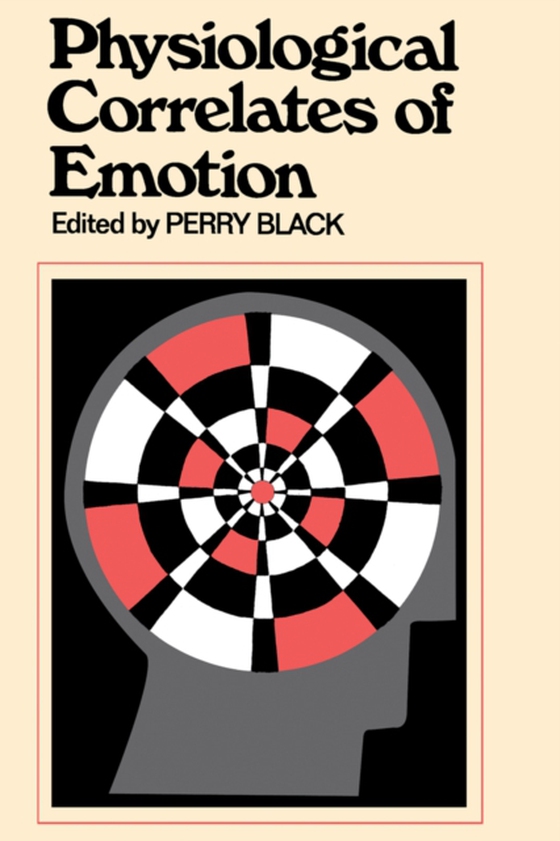
Physiological Correlates of Emotion e-bog
436,85 DKK
(inkl. moms 546,06 DKK)
Physiological Correlates of Emotion focuses on the major experimental approaches currently applied to the study of emotion and its physiological or behavioral parameters. It explores the heritability and developmental aspects of emotional behavior as well as its neurochemical and endocrine, neurophysiological, and psychophysiological correlates. In particular, it considers the modification of e...
E-bog
436,85 DKK
Forlag
Academic Press
Udgivet
2 december 2012
Længde
328 sider
Genrer
Psychology: emotions
Sprog
English
Format
pdf
Beskyttelse
LCP
ISBN
9780323155694
Physiological Correlates of Emotion focuses on the major experimental approaches currently applied to the study of emotion and its physiological or behavioral parameters. It explores the heritability and developmental aspects of emotional behavior as well as its neurochemical and endocrine, neurophysiological, and psychophysiological correlates. In particular, it considers the modification of emotional behavior by intracranial administration of chemicals, the link between the limbic brain and psychoses, the role of nonspecific reticulo-thalamo-cortical systems in emotion, modulation of emotion by cerebral radio stimulation, and the role of brain function in emotion. Organized into five sections comprised of 13 chapters, this book begins with a historical overview of research in emotion and behavior theory. It then discusses the studies dealing with heritability of emotional behavior in animals. The remaining chapters tackle the maturation of social-emotional patterns, localization of biogenic amines in the brain, psychophysiological experiments on the endocrine and autonomic correlates of emotional behavior, and psychotic manifestations of limbic dysfunction in humans. It explains the two-way radio communication with the human brain, the behavioral significance of bradycardia and hypotension, the perception and labeling of bodily changes as determinants of emotional behavior, and the conditioned emotional states. The book concludes with a phenomenological analysis of brain function in emotion. This book is essential reading for psychologists, psychiatrists, physiologists, and those working in the medical and behavioral sciences.
 Dansk
Dansk

